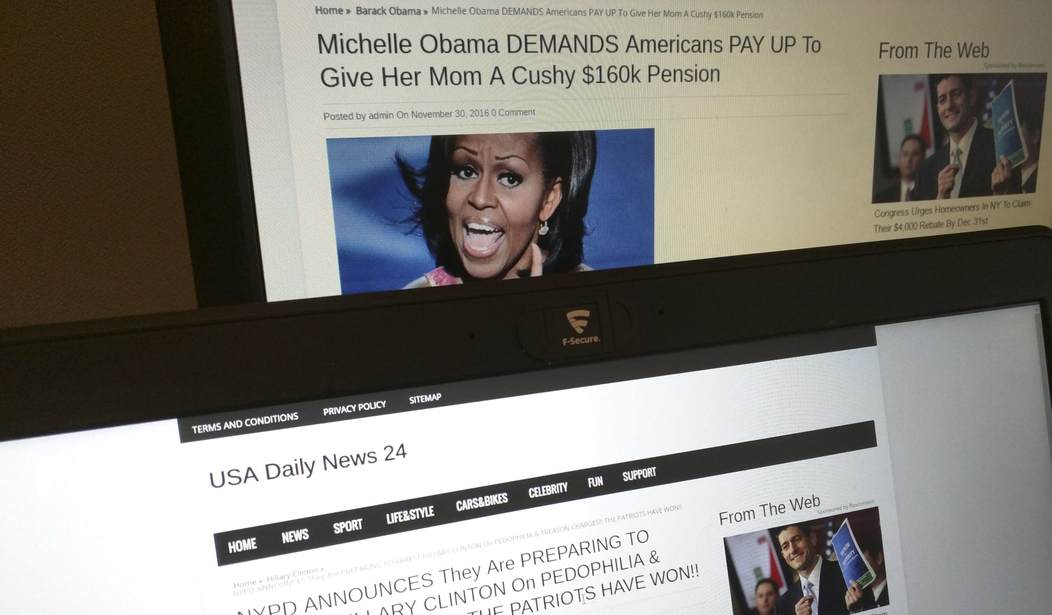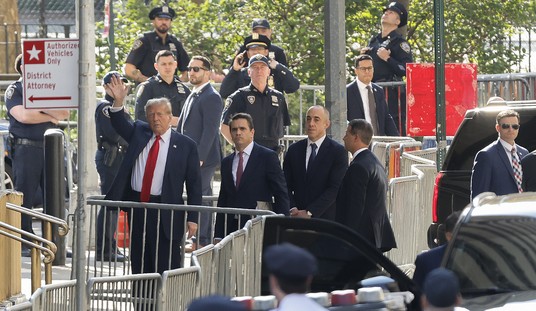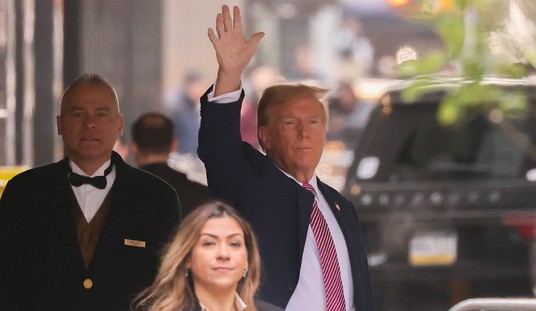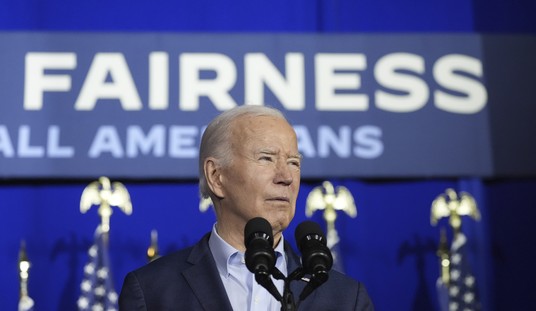WASHINGTON – Margaret Sullivan, media columnist for The Washington Post, said the term “fake news” originally referred to a story written in the form of a news article that was not true but it has now “lost its true meaning.”
Sullivan said Facebook faces significant challenges combating fake news because it does not want to get into the “censorship business.”
Sullivan was asked to elaborate on a column she wrote last month about retiring the “tainted” fake news term.
“It wasn’t very long that fake news was in the conversation and people sort of understood what that meant for a brief time, and it meant a story – perhaps one of these things that was done in some other country, in Asia, that were pumping out stories about Hillary Clinton that were false, that were supposed to affect the campaign and were posted on Facebook, all of that sort of thing, and that truly was fake news,” she said during a recent National Press Foundation discussion about understanding and combating fake news.
“But fairly soon after that and very quickly the term became weaponized. It was co-opted particularly at first by conservative media and then quickly taken up by politicians to mean essentially anything they didn’t like that was in the news. And so it quickly became, I thought, useless because it no longer meant, ‘oh here’s a story in the form of a news story that isn’t true.’ It became a way to say this is just a bunch of liberal nonsense or this is a bunch of conservative nonsense, but it lost its true meaning,” she added.
Jon Greenberg, a staff writer at PolitiFact, said the “dimensions” of fake news are sometimes exaggerated.
“The reason I bring that up is there was some research from Northwestern that, pretty sure that was the outfit, they said that the audience for real news outnumbers the audience for fake news by about 10 to 1, so we have more people actually tuning into legitimate sources of information than suspicious ones. I think it’s important to keep that in mind,” he said.
Jesse Holcomb, associate director of research at the Pew Research Center, said many people still have trust in the media but few have “a lot” of trust.
“If you look at the long-term trends, trust in national media news organizations has been on the downturn – when asked sort of generally. When you ask about trust in news media… once you get to specific news outlets – the sources that people are familiar with and tend to use – that looks a little bit different,” he said. “I would say from our research we find that, by and large, the public expresses a high degree of interest in the facts. A notable portion of the U.S. public say they want the facts without interpretation overlaid onto it.”
During the last presidential election, Holcomb said Pew asked the public if news outlets should address “inaccurate statements” made by presidential candidates, and a majority of Trump and Clinton supporters replied “yes.”
“Now, that doesn’t necessarily mean the public feel the media are doing a great job of all this,” he said.
Sullivan said the media are a “vital” part of U.S. democracy and attacks on the media are “pretty painful” to watch.
“To see it so disparaged not only because trust is so low but by the president is pretty painful, but I am encouraged by some things, which is that we know that people are subscribing at a high level to some mainstream news organizations like the New York Times and the Washington Post and contributing to nonprofits that have to do with journalism, so that’s encouraging,” she said.
“I also think that people are beginning to understand that if we are going to inform ourselves, as citizens must, that there has to be someplace that’s giving us a verified version of the truth – and, ultimately, I think people understand there are legitimate news organizations and places that aren’t,” she added.
Sullivan said Facebook faces a “big challenge” in combating fake news articles online.
“It doesn’t want to be in the censorship business, and I think one of the reasons that Facebook’s bosses have shied away from editing or even accepting the fact they are a media company is they don’t want to be seen as censoring. They want to be seen as connecting. I mean, that’s what they see as their role, although they also have an internal of essentially being an advertising company,” she said.
Sullivan said Facebook’s strategy of telling users that certain news stories are “suspicious” rather than removing them completely “makes sense.” Despite Facebook’s efforts to address fake stories, Sullivan said it’s still difficult for some readers to discern opinion from facts.
“It’s not always easy to know what it is we are talking about,” she said.
Greenberg agreed with Sullivan, adding that a lot of media literacy research has shown that “most people in the public” do not understand the difference between opinion and straight news reporting.
“It shows that most people in the public don’t really understand what journalism is. They don’t actually see a difference between opinion and straight-up reporting – to just choose two basic categories that everyone here would instantly understand,” he said.
The moderator said there has been a blur between news and opinion at certain news organizations.
“And news organizations have to own that and they have to say ‘what have we done that has created some of this confusion,’ but the confusion pre-existed those sorts of behaviors,” Greenberg replied.








Join the conversation as a VIP Member